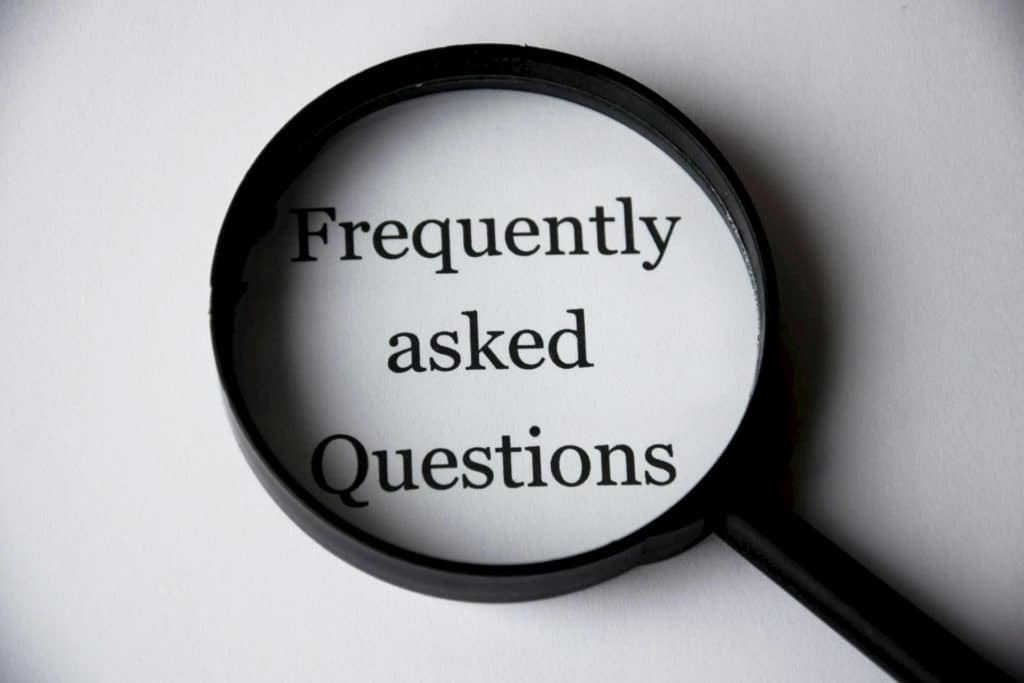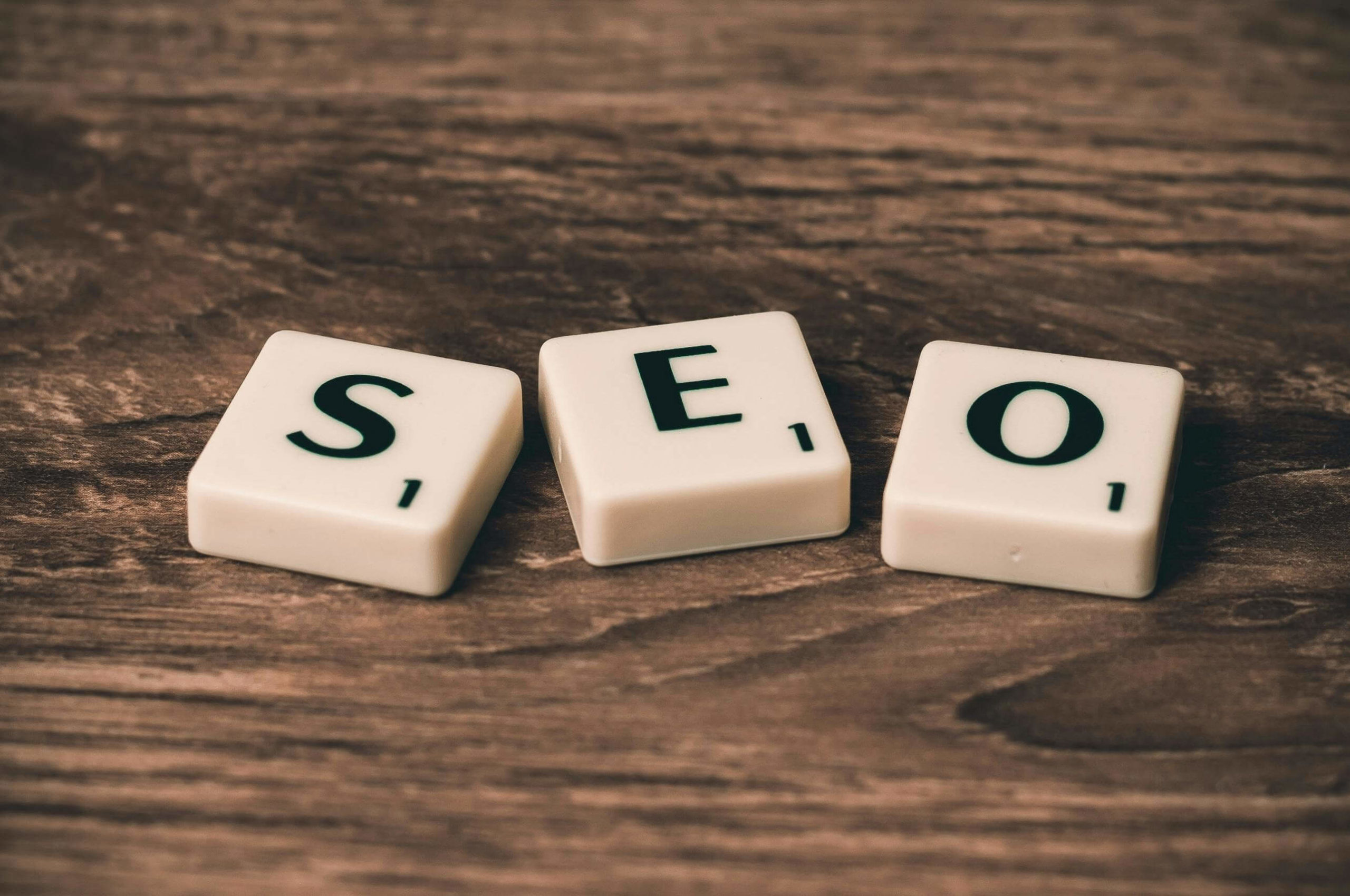Do you need to load your website? Google found that most will leave a site if it doesn’t open in three seconds. This article shows ways to load your pages faster, improve SEO, and keep visitors happy.
Keep reading; it’s simpler than you think.
Key Takeaways
- Fast websites rank better on Google because they keep people from leaving too soon. Tools like Google PageSpeed Insights can check your site’s speed.
- Making your website mobile-friendly is must for SEO since Google uses mobile-first indexing. Over half of visitors leave if a page gets more than three seconds to load on their phone.
- To improve page load time, strategies include enabling browser caching, minimizing HTTP requests, optimizing media files, using a CDN, and selecting the right web hosting service.
- Core Web Vitals focus on how fast content loads, how quickly a site responds to user actions, and how much the layout shifts during loading. Improving these can boost SEO performance.
- Using tools like Lighthouse in addition to PageSpeed Insights gives detailed ways to make sites faster and perform better in search rankings.
Table of Contents
- Understanding Page Speed and its Effect on Search Engine Optimization
- Importance of Page Load Speed for SEO
- How Does Page Speed Affect User Experience and SEO?
- Tools for Checking Page Load Time
- Strategies to Improve Page Load Time
- Understanding Core Web Vitals and their Effect on Page Speed
- The Role of Mobile-Friendliness in Page Speed and SEO
- Conclusion
- Frequently Asked Questions
Download Our Free SEO Guide Here!
Understanding Page Speed and its Effect on Search Engine Optimization
Page speed plays a main role in SEO. Fast websites rank better on Google. They keep people on the page longer and lower the chance of them leaving too soon. Google made page loading speed a key factor for mobile searches in July 2018.
Soon, all pages will face this rule with the Core Web Vitals update coming in June 2021.
Tools like Google PageSpeed Insights and Pingdom Website Speed Test help check how fast a site loads. If your site is slow, it could hurt your spot on search results lists. Keeping your website speedy is important for staying at the top of those lists and making sure visitors have a good time on your site.

Importance of Page Load Speed for SEO
Fast websites rank better on Google. A quick loading site keeps people from leaving too soon. This fact matters because, in July 2018, speed became key for ranking mobile searches. It got even bigger with the Core Web Vitals update in June 2021.
Tools like Google PageSpeed Insights and Pingdom Website Speed Test help check your website’s speed. They look at things like how long it takes for your page to start showing content.
Making your website fast is not just good for Google but also makes users happy. Happy users tend to stay longer and explore more of what you offer.
How Does Page Speed Affect User Experience and SEO?
Page speed plays a huge role in keeping visitors on your site. This quick exit increases the site’s bounce rate.
A high bounce rate tells search engines like Google that users don’t find the content valuable, which can lower your website’s ranking in search results.
Improving page speed leads to more time spent on your website and an increase in page views. Users enjoy smooth and fast experiences, leading them to explore more pages and stay longer.
This positive behavior signals search engines that your website is worth showing higher up in results, boosting your SEO efforts without extra advertisements or tricks. Tools like Google PageSpeed Insights offer insights into how fast your pages load and give tips for improvement, making it easier for you to enhance both user experience (UX) and search engine optimization (SEO).

Tools for Checking Page Load Time
Wondering how quick your site loads? There are tools out there that can tell you just that. With things like Google PageSpeed Insights and Pingdom Website Speed Test, you get the full scoop – what’s slowing your site down and how to fix it.
Google PageSpeed Insights
Google PageSpeed Insights is a tool that tells you how fast your webpage loads.
These metrics help understand how quickly a visitor can see and use your page. Fast load times are important for SEO, especially since mobile search rankings now consider speed.
This tool also offers suggestions on making your site faster. Since page loading speed became crucial for mobile searches in July 2018 and all pages with the Core Web Vitals update in June 2021, having good scores here matters more than ever.
It gives detailed reports for both desktop and mobile versions, guiding you to improve user experience across devices.
Google Lighthouse
Lighthouse is a helpful tool made by Google for improving web pages. It checks your site’s performance, accessibility, and other important SEO factors. It even gives you tips on how to make your site better.
For example, it suggests activating browser storage saving features, making files smaller, enabling picture compression, using a network for delivering content faster, working with media files more effectively, asking for fewer resources from the server, and choosing the best server host.
This tool runs in Chrome browsers and offers a detailed report that highlights what’s good and what needs work on your site. With this info, you can take steps to make sure your page meets Google’s standards for speed – critical since speed is key for top search rankings now more than ever before.
Pingdom Website Speed Test
Pingdom Website Speed Test checks how fast your site loads. It gives you a performance grade, load times, and tips to make your site faster. You see where you can compress images or minify code.
This tool is easy to use and shows detailed reports over time.
Using Pingdom helps you understand how speed affects visitors and SEO rankings. Fast sites keep people happy and rank better on Google. With this tool, fixing slow load times gets easier, helping your site perform its best.
Strategies to Improve Page Load Time
Speeding up your website means happier visitors and better search rankings. Check out ways like using browser memory, simplifying data requests, making picture files smaller, setting up content networks, and picking the best web hosts to get pages to load faster.
Enable Browser Caching
Turning on browser caching is like teaching web browsers to remember. This way, they keep data from websites, so pages load faster next time you visit. Imagine it as a memory game for your internet software – the better it remembers, the quicker it performs.
This strategy involves setting up rules that tell browsers what files to store and how long to keep them. As a result, repeat visitors enjoy speedy page loading without fetching the same data over and over again.
Taking these steps not only improves user experience but also boosts search engine rankings by making sites more efficient and responsive.
Minimize HTTP Requests
Reducing HTTP requests speeds up your website, making it load faster. Eevery time a user visits your page, their browser asks for data from your server. This includes text, pictures, and stylesheets.
If there are too many requests, the site slows down. To cut down on these requests, combine files where you can. Put CSS into one file and JavaScript into another. This decreases the total number of files browsers need to ask for.
Another way to reduce HTTP requests is by simplifying your webpage’s design. Use fewer images and rely more on CSS for layout and styling. Also, using sprites – combining multiple images into one – can cut down image requests significantly.
Implementing a content delivery network (CDN) also helps in this regard by storing copies of your site’s files on several servers around the globe, thus reducing server response time and request numbers.
Optimize Media Files
Optimizing images and videos is key for a fast website. Compressing them makes files smaller. This speeds up loading times. Use tools like WP Rocket or W3 Total Cache for this job.
They make compressing easy.
Another trick is lazy loading. It means images load only as needed, not all at once. For the best results, format your photos correctly—JPEGs for most photos and PNGs for graphics with transparent backgrounds.
Implement a Content Delivery Network (CDN)
Using a Content Delivery Network, or CDN, makes your website faster for people around the world. A CDN stores static webpage versions in various places. This way, when someone visits your site, they download content from the closest location.
It speeds up loading times a lot.
CDNs also figure out where users are and send them data from the nearest server. This reduces wait time for webpages to load, making everyone’s experience better. Fast websites keep visitors happy and help with SEO rankings too.
Use the Right Web Hosting
Choosing the right web hosting for fast page load time is key. A good host ensures that your site runs smoothly and fast. This means that images and pages will appear without delay, keeping visitors happy.
Your choice affects everything from image squishing to how quickly your content reaches users around the world.
A high-quality web hosting service also simplifies things like browser stashing and shrinking unnecessary code. It reduces waiting time by handling multiple requests at once. This makes your site load faster and can increase its ranking in search results.
Think of it as the foundation of a house — solid ground helps keep everything else stable.

Understanding Core Web Vitals and their Effect on Page Speed
Core Web Vitals are critical for any website that aims to improve page speed. Three main areas are focused on: full-color high-content (LCP), first-input delay (FID), and cumulative system switching (CLS).
LCP measures the speed of the main content of a page, and sets it to 2.5 seconds or more. FID looks at how fast a website responds to user actions, with an optimal time of less than 100 milliseconds.
CLS monitors the performance of the system during loading, striving for a score of less than Using tools means such as Google PageSpeed Insights and Lighthouse can be invaluable in making the most of these Core Web Vitals. These tools analyze your website and identify areas for improvement to increase overall speed and productivity.
For example, they might suggest using alternative images such as WebP instead of traditional JPEG or PNG or reducing image file sizes for faster load times without sacrificing quality.
Implementing those recommendations can lead to a better user experience by making websites faster and more efficient—key ingredients in SEO performance.
The Role of Mobile-Friendliness in Page Speed and SEO
Making your website mobile-friendly is key for SEO and page speed. Google now uses a mobile-first index. This means looking at the mobile version of your site first and deciding how you’re going to get on top.
If your site loads fast and works well on mobile devices, then you’re in good shape. Slow websites lose visitors.
Use tools like Google PageSpeed Insights to see how your site functions on mobile devices. These can tell you what needs to be eliminated to improve speed and efficiency. Features such as image optimization, HTTP request reduction, and implementation of a text delivery network help a lot.
Remember that making your site mobile-friendly will improve its search engine ranking and prevent people from leaving too soon.
Conclusion
Page moves matter—a lot. Sites that load faster rank higher in Google and delight visitors. Don’t worry if it’s slow! Strategies like using a few plugins, choosing the right web hosting, and compressing images can help a ton.
It’s good for SEO and keeps users coming back for more.

Frequently Asked Questions
-
What does page load time mean for SEO?
Page -load-time — the seconds it takes for your page to show up after someone clicks a link. Google Chrome and other browsers use this to decide if they like your site. If it’s slow, you drop in rankings.
-
Why do images affect my website speed?
Images can make or break your speed. Large image files take longer to load, hurting your SEO. Using the right image format and compression, like gzip, helps keep things fast.
-
Can redirects harm my website’s SEO?
Yes! Each redirect adds time to the http request-response cycle — that’s tech talk for slowing down your site. Reducing redirects speeds things up, making both users and search engines happier.
-
How does server type impact website speed?
Your choice of webserver — Apache or Nginx, for example — plays a big role in loading times through how they handle https protocol and other tasks… Choose wisely!
-
What tools help reduce page load time?
Tools like UglifyJS minify code by removing white space and comments… Firebug helps spot issues on Firefox browsers… Memcached reduces database queries by storing data in memory…
-
How do content distribution networks (CDNs) improve SEO?
CDNs store copies of your site at different locations worldwide. This means faster access for global visitors because they connect to the nearest server. Plus, less strain on your main webserver equals better performance overall.

















0 Comments